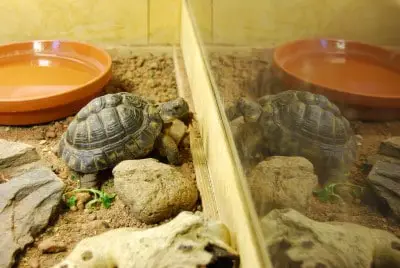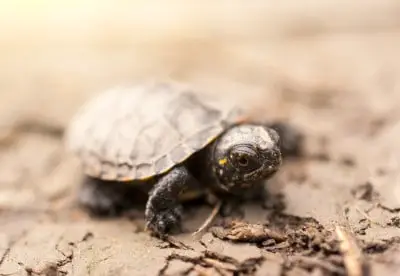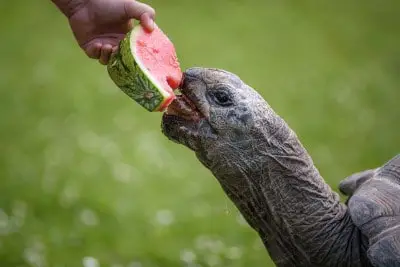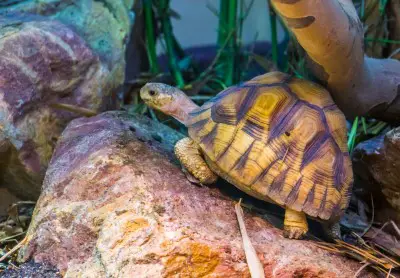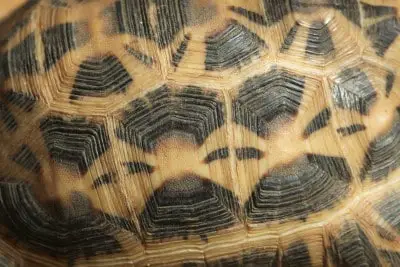A pet’s gender is one of the crucial factors to consider when buying a pet, as it enables you to know how to care for them. When it comes to the tortoise, it is quite tasking to differentiate males from females because they lack identifiable features.
Both male and female tortoises make great pets. However, they have distinct behaviors and personalities. Most males tend to be aggressive and combative when other males are around, while females are quite docile. Also, males are known to outlive females.
Once you know your pet’s gender, you can understand more about their behavior and how you need to treat them. Read on to learn how to determine a tortoise’s sex and the difference between the two genders.
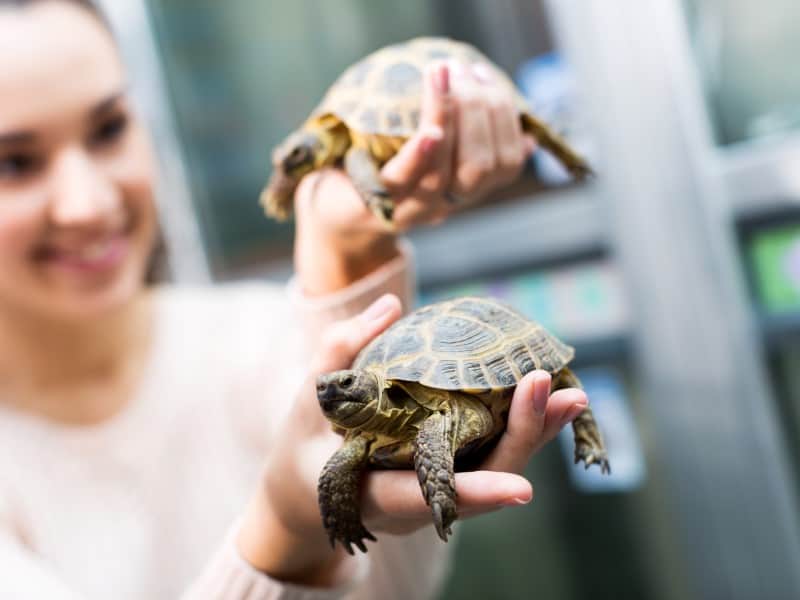
Determining a Tortoise’s Gender
To tell the sex of a tortoise, you have to wait until they are sexually mature; that is when the features will begin to show. However, maturity may take some time. With some species, you may have to wait until they are 20 years old. You will also need to know the tortoise’s species, since the physical characteristics may vary. However, we compiled some general features to look out for to help you differentiate males from females.
The Shell’s Size and Color
Typically, a male’s shell is smaller and brighter than a female’s. A female’s body tends to be huge because it needs an allowance to lay her eggs. In contrast, the shell size of the male and female red-footed tortoises is approximately the same size, and, in other cases, the male’s shell may be more prominent when the two are of the same age. Note that it may be challenging to tell the gender using the shell’s color for some species; however, the males will generally appear brighter. Some males are even known to get slight color changes during mating.
The Plastron Shape
By looking at the tortoise’s underside, you can tell the gender based on the notch shape under the tail. This place is known as the anal scute, and by touch or observation, it is one of the easiest ways to tell them apart. For almost all species, males have an indented plastron, possibly to allow mounting during mating. This shape also gives room for them to move their tail around. However, the females have a convex plastron, which appears like a tight angle. It is slightly flattened to enable them to accommodate more eggs.
The Tail
One of the most accurate and universal ways to tell the sex of the tortoise is by observing the tail’s length and girth. For males, it is longer, and the tip looks hardened. The rear may sway, and its cloaca opening is centrally located. The females’ tail, in contrast, is stout, and the cloaca is located close to the base.
The Carapace
Another observable feature is the carapace, the tortoise’s shell shape. However, the carapace shape entirely depends on your tortoise’s species. For instance, males of the hinge-back species have long bodies while the females’ shells are relatively rounded. Secondly, the males of the Hermann’s have wider bodies than their female counterparts.
Stomach Shape
When mature, males have a slightly protruding or curved stomach while the female’s tummy is generally flatter. Notably, you can only tell this if the tortoise is mature; it may not apply to juveniles. Wait until they are of age, depending on their species. If you turn the tortoise on its back, you can quickly check the stomach’s shape. Alternatively, you can lift it and check the underside. Tortoises tend to get agitated when flipped over because they fear that they will not get back on their feet.
Expert Opinion
In case it is still difficult to tell your pet’s sex, the last resort is to contact a specialist. Consider asking a vet or a zoologist for their opinion. You may take the pet in person or take a picture, ensuring that you capture all the mentioned parts. The only restriction is you have to ascertain that the tortoise is mature, depending on its species. While some take a few years to reach maturity, others need up to 20 years.
Before You Decide on a Male or Female Tortoise
There are several other considerations to make before you decide on your tortoise’s gender. Depending on the species, females and males have various characteristics. It also depends on your preferences and whether this is your first pet or you need another one. Therefore, before you own a tortoise, you may need to consider the following gender-based factors.
Aggressiveness
Generally, male tortoises are quite aggressive, especially when there are other males in the enclosure. Females, on the other hand, are quite timid and sweet. If you want to keep two or more tortoises, you need to be prepared for males fighting, especially when there is a female in the enclosure. Although the fights may not become fatal, you may notice occasional biting and head butting. There are also cases of female tortoises being violent, but they are rare. The best way to go is to buy a single pet or a male and a female. The best female-to-male ratio is 2: 1; with this in place, fighting will significantly reduce.
Species
A tortoise’s species is an essential factor to consider when picking out a tortoise. Different species look different, and their sizes also vary. If you are considering size, some females tend to grow larger than males when they mature. Also, most male tortoises are known to outlive females. Therefore, if you are looking for a lifetime companion, you can go for a male tortoise. Some species are also susceptible to certain illnesses; therefore, care and maintenance are essential. The best pet is one that is hardy and able to withstand diseases, despite the gender.
Behavioral Tendencies
A pet’s behavior also comes to play when you wish to pick a pet. In most cases, females are known to be shy and docile. They are rarely aggressive; thus, if you want a sweet pet, a female one will be okay for you. In contrast, most male tortoises tend to be more combative, especially when there is another male around. Compared to the females, they are more withdrawn and prefer life in isolation. On a different note, some male species are likely to flash a lot. Sometimes, they sway their manhood around even when they are not mating. If this behavior bothers you, then a male tortoise may not be the right one for you.
Individual Personalities
Pet tortoises have unique ways to show affection. You wouldn’t expect them to come running to you to cuddle, but there are ways to tell. They deploy body language and sound to show that they trust you and are comfortable in your presence. That said, different tortoises have various personalities. We cannot generalize them all to say that a particular gender is better at showing affection. It will depend on the specific tortoise you chose.
Before buying one, you can spend some time with them to get to know them better. However, this may not work if the tortoise is a juvenile. It may take some time before you start seeing the personalities. Whether you pick a male or a female one, it is best to know what type of tortoise you need.
Pairing
If you want to bring in another tortoise, it is vital to consider the pairing. If you already have a male, the best option would be a female, especially if you think of egg-laying and offspring. If you bring in another male, the chances are high that the two will fight in some occasions. It is also possible for fatalities in case one flips over and cannot get back down. If you already have a female, there’s no harm bringing in any other gender. A male, however, is preferable since the two can mate.
Finally
There are various ways to identify the tortoise gender. You can tell by looking at the shell’s size, color, and shape. You can also judge by looking at the tortoise’s tail and stomach. Both genders have their merits and demerits; whichever one you pick, you will have to compromise on some characteristics. Similarly, they both make excellent pets, and you are guaranteed a lifelong pet.
With a female tortoise, you will have a shy pet that is generally friendly and will give you baby tortoises. A male, on the other hand, lives longer since it is hardy. The decision entirely relies on your preference as an owner. Remember that different tortoises have various personalities. Hence, you can always find one that fits you perfectly.


